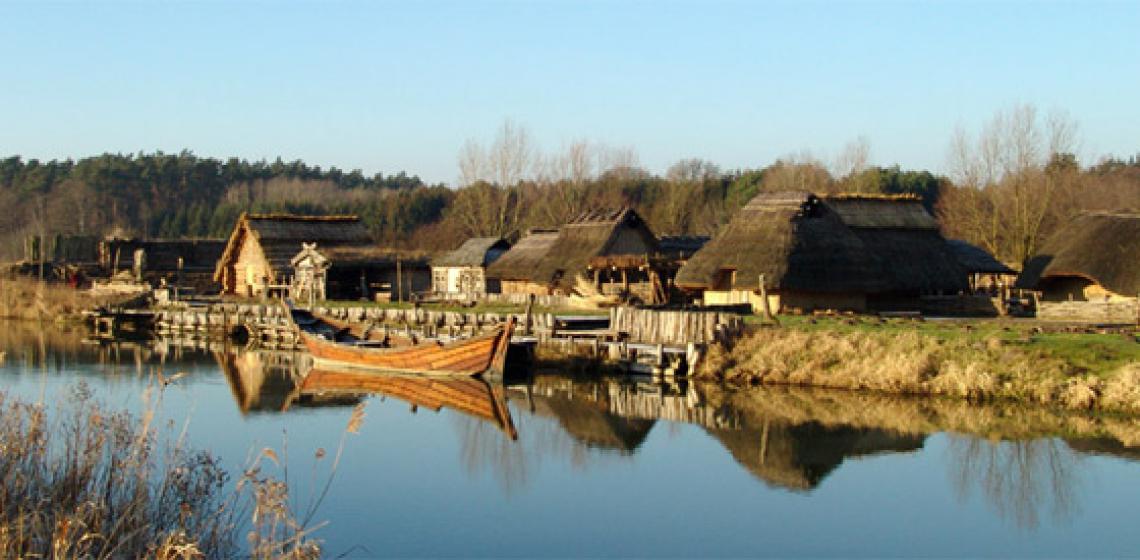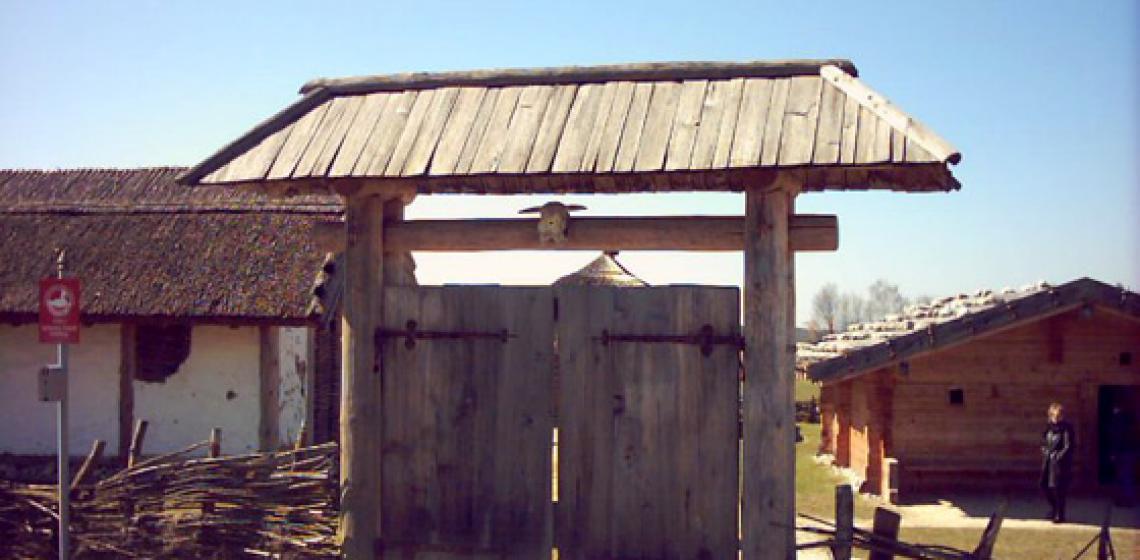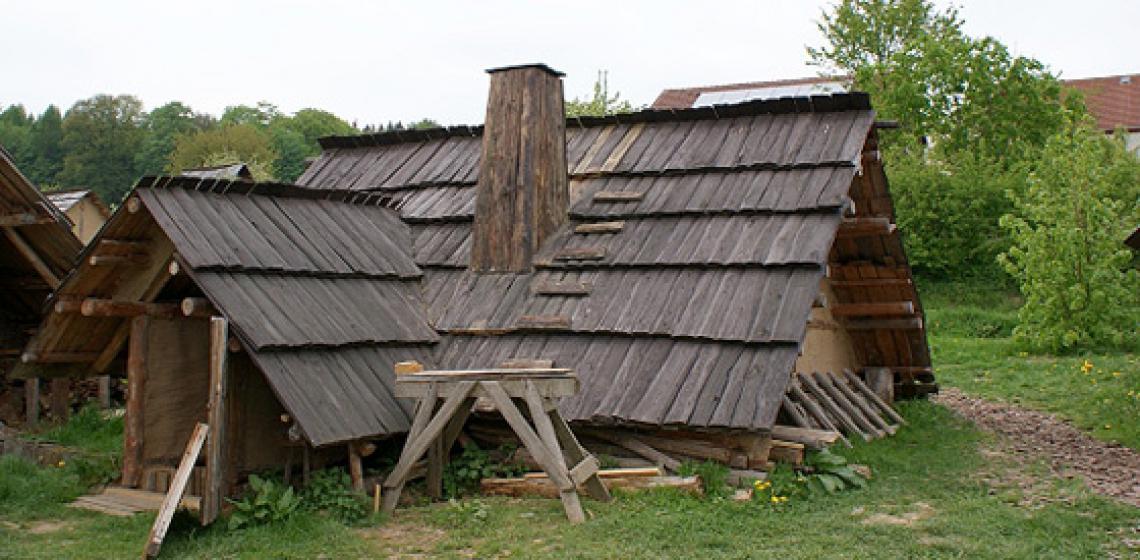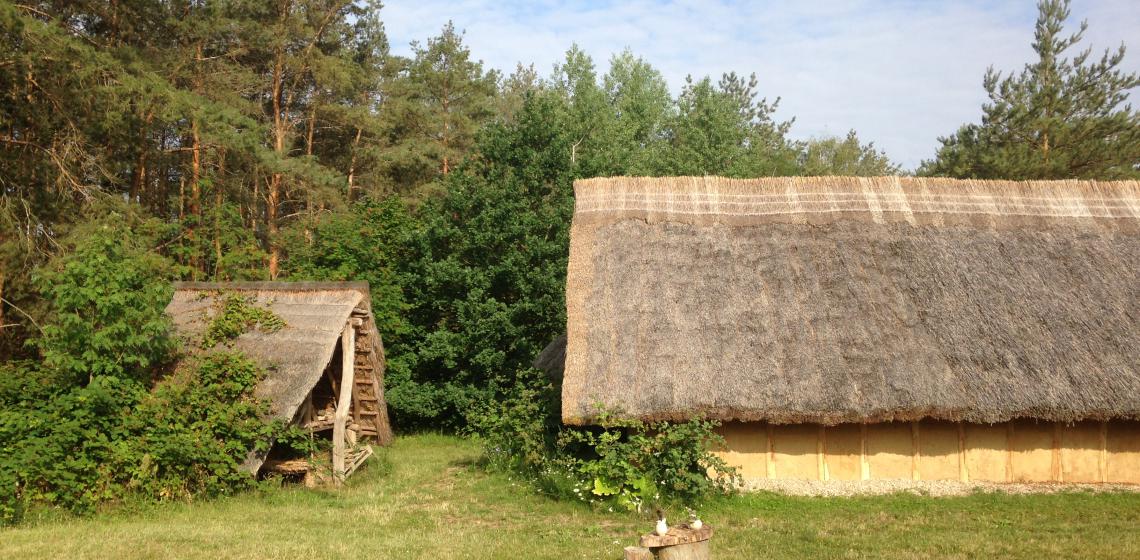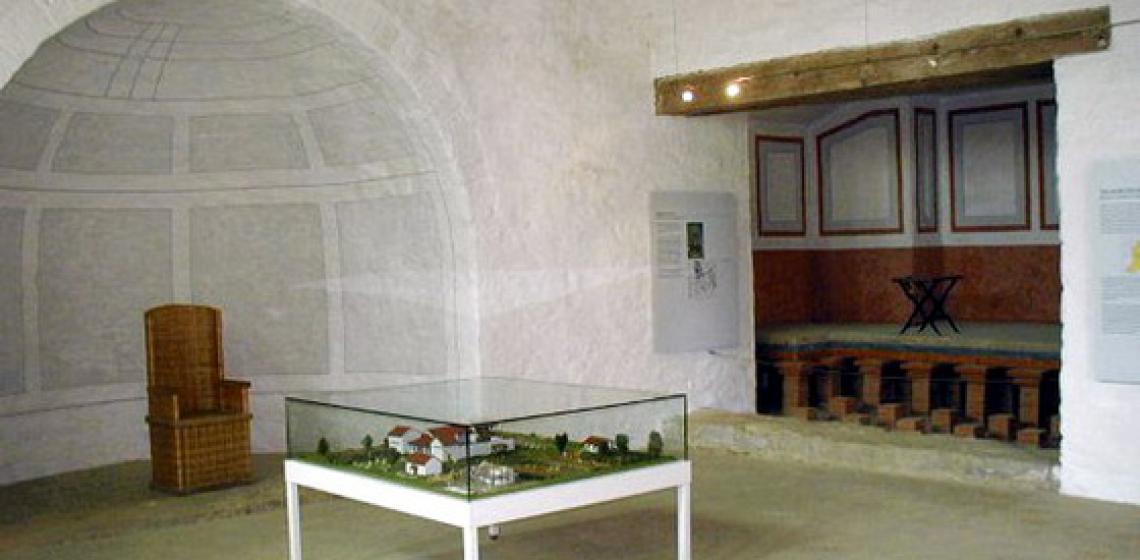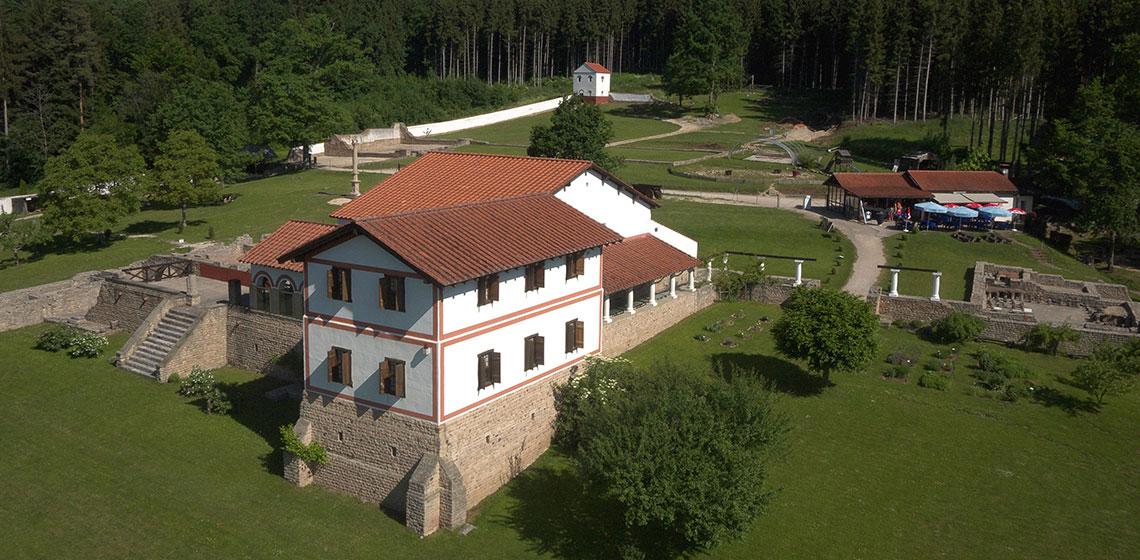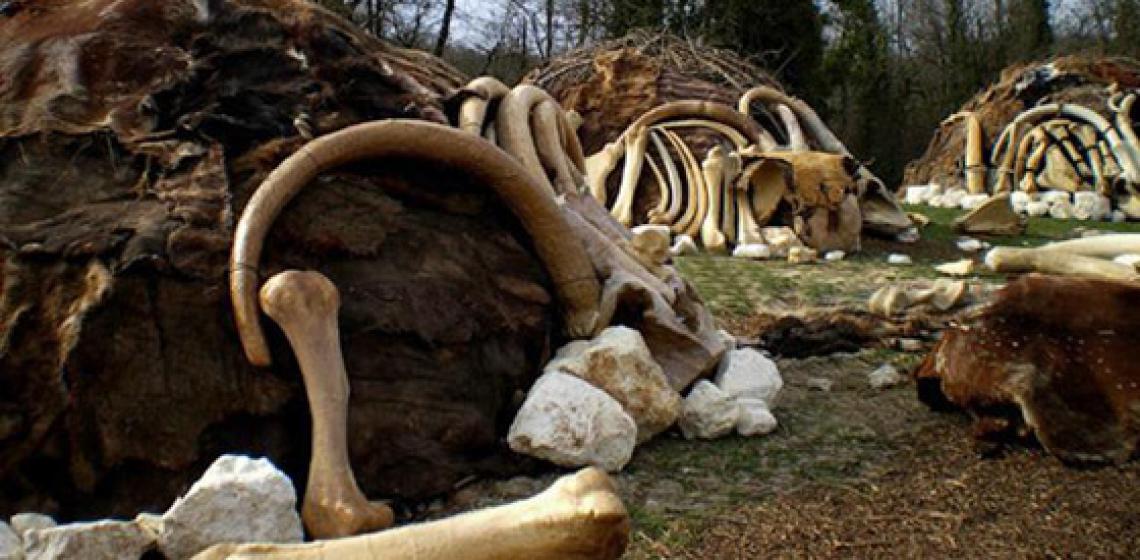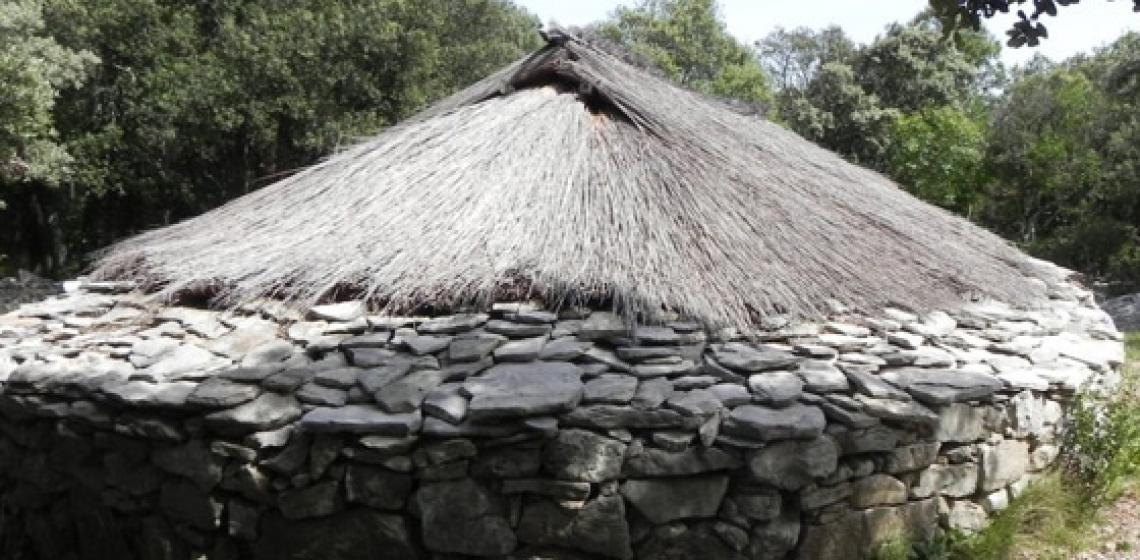Ukranenland (DE)
Since 1995, historic building activities are taking place in Torgelow. This includes the building of an Early Medieval village (9th – 10th century) as well as ship construction the way it could have been in the past. From 2006 onward, there is also an indoor area called Castrum Turglowe focusing on the year 1281 in this village.
Since 1995, historic building activities are taking place in Torgelow. This includes the building of an Early Medieval village (9th – 10th century) as well as ship construction the way it could have been in the past. From 2006 onward, there is also an indoor area called Castrum Turglowe focusing on the year 1281 in this village...

